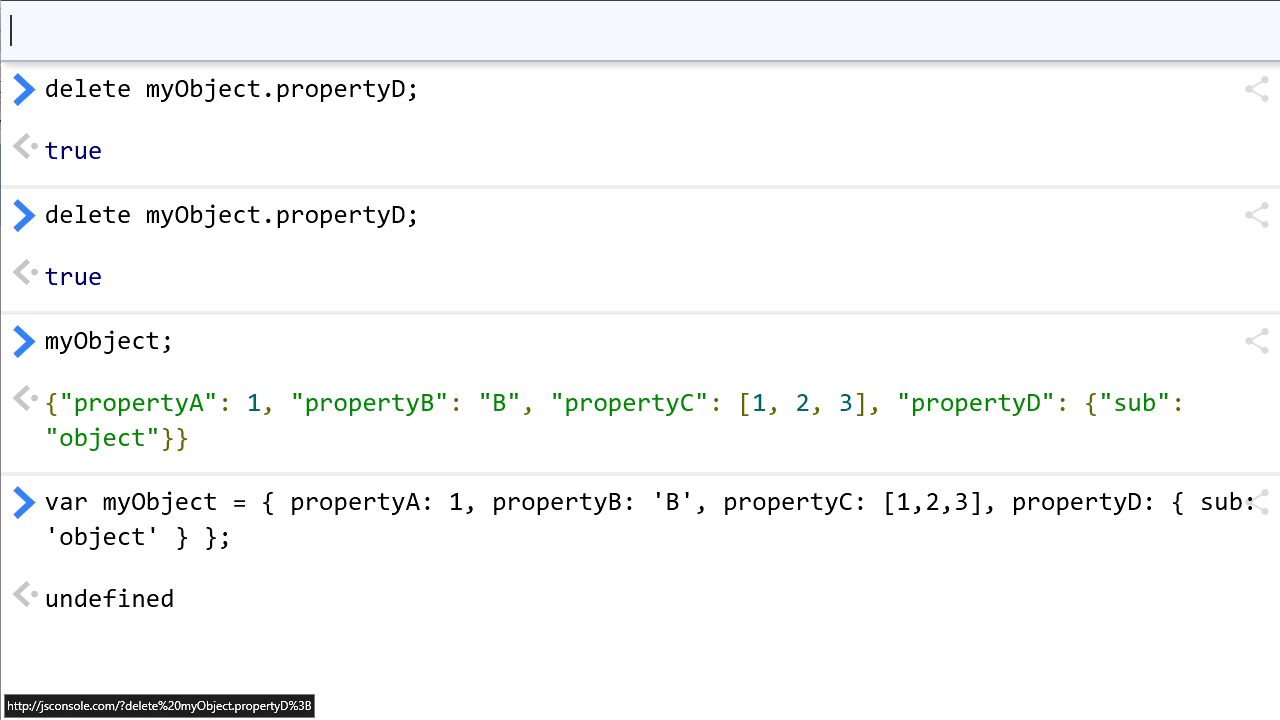


ParseInt: Always use it with a radix = parseInt(num, 10), don't use it if you don't want it to guess from characters. Although it may be the fastest, here are some common mistakes parseInt does: parseInt('08') // returns 0 in some old browsers. Which one to use when? When? Why? This tip is an analysis of each one and it's common pitfalls.Īccording to a couple benchmarks in most browsers have optimal response for ParseInt. ParseInt(num, 10) // parseInt with radix (decimal) I can think of at least 5 ways to convert a string into a number! parseInt(num) // default way (no radix) Remember, practice is key when it comes to learning and improving your Python programming skills.There are many ways to convert a String to a Number. You can use this program as a basis for solving more complex problems, such as checking if a number is a palindrome. By understanding and following the discussed algorithm and code, you can reverse any given number. Python’s simplicity and power make it easy to write a program to reverse a number, using only basic arithmetic operations and a while loop.
#Convert to number javascript code#
The last part of the code simply calls the function with the input number `12345`, and then prints the original number and the reversed number. Once the loop finishes, the function returns reverse, which is the reversed number. As a result, the last digit of `n` is removed. This operator returns the quotient of `n` divided by `10`, with any decimal part discarded.

We then multiply reverse by `10` and add the last digit.This operator returns the remainder of `n` divided by `10`, which is the last digit of `n`. We first calculate the last digit of `n` using the modulus operator `%`.Next, a while loop is used to iterate until `n` becomes `0`. This variable will store the reversed number. Within the function, we initialize reverse to `0`. The code above defines a function called `reverse_number()` that takes an integer `n` as an argument. Print ( "The reversed number is:", reverse_number ( num ) ) Let’s take a look at a Python code snippet that accomplishes this: Remove the last digit from the number using floor division `//`.īy following this algorithm, you will extract each digit from the original number from right to left (i.e., in reverse order), and construct the reversed number.

Multiply `reverse` by `10` and add the last digit to reverse.In each iteration, use the modulus operator `%` to get the last digit of the number.Use a while loop to repeatedly perform the following steps until the number becomes `0`.Initialize a variable `reverse` as `0`.Here is a simple algorithm for reversing a number: For example, if the input is `12345`, the output should be `54321`. Given an integer as input, the task is to write a Python program that reverses the number. We will delve into this topic by first discussing the problem statement, then explaining an algorithm for achieving this task, and finally providing a complete Python code example with an explanation of its components. The Python programming language is renowned for its simplicity and versatility, and the task of reversing a number is no exception. In this article, we will discuss a Python program to reverse a number.


 0 kommentar(er)
0 kommentar(er)
